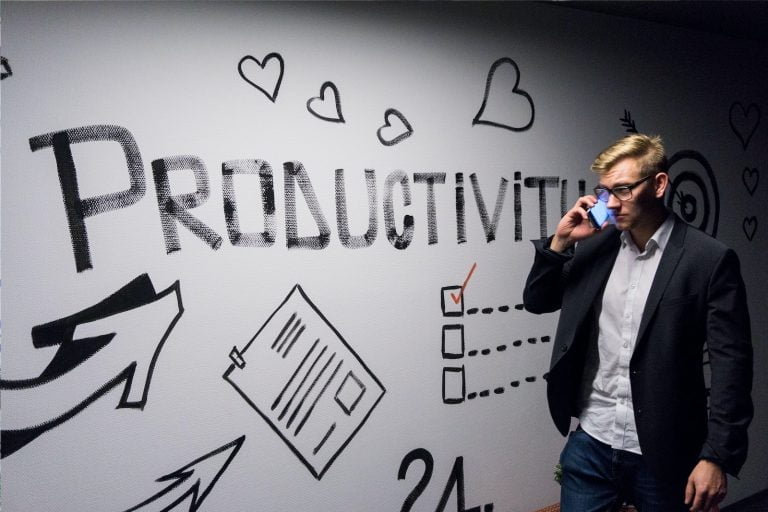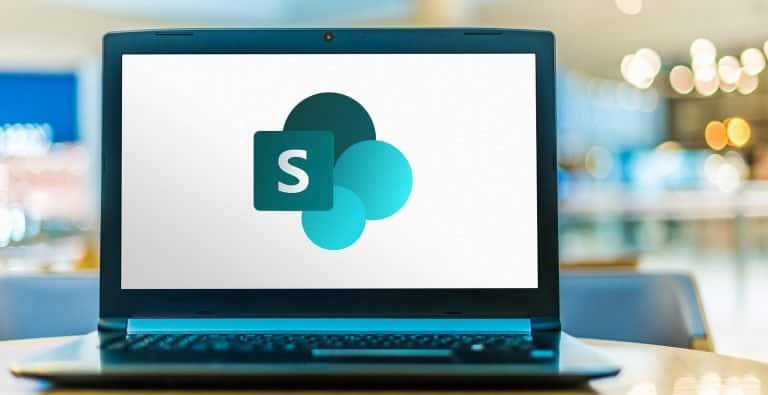Employees are moving away from traditional workstations with pre-installed apps. They’re creating their own ecosystems of apps on devices they choose for themselves and you’ll likely be forced to accommodate this personalized way of working? In other words, you must enable your workforce to 1.) work according to their needs and 2.) ensure efficiency along the way without you or them becoming an impediment to the organization. But how?
Table of Contents
ToggleHappy employees get happier customers
Why implement a workforce enablement strategy? Is there a benefit for such for your organization? The best answer is yes, but the goal of workforce enablement really is to get your customers into the perfect “flow” to do their work. Since each employee has their own set of devices and apps they need to do their best work, this lets your customers create their own ideal ecosystem.
According to Forrester, companies with engaged employees have 81 percent higher customer satisfaction. How do you get engaged employees? Research by Teresa M. Amabile and Steven J. Kramer shows that managers often think their employees are driven primarily by recognition of their work. Amabile and Kramer also found that, in fact, the greatest motivator for employees is being able to get on with their work.
In IT, we need to create ecosystems that enable maximum flow and maximum engagement. Workforce enablement is the way for your IT department to provide direct value for the businesses.
The two ways your teams’ skills will change
According to the Forrester’s Workforce Enablement Playbook, your IT team’s skills will change to fit the role they fill between your customers and your suppliers. Thanks to cloud services and SaaS, the number of software packages you manage on-premise is decreasing. What does this decrease mean for your team? Which skill set will your team members need to enable the workforce of the future?
- Technical expertise isn’t the only thing that matters: hardware and software maintenance are incredibly important in the world of IT. However, tasks that require technical expertise are increasingly performed by external SaaS suppliers. As a result, the focus of IT is moving toward managing organizations and people, guiding them through updates rolled out by suppliers and determining appropriate security policies.
- Soft skills are becoming more important: soft skills, like empathy, and social skills are becoming more important for IT departments as their people-managing role develops. Team members have to be able to advise colleagues about which apps best support their work. And your team has to generate awareness of security policies.
Self-reliance is the key to success
Your customers may be able to work anywhere, anytime, but you can’t be everywhere at once. How do you enable your colleagues to solve simple problems easily, so you can keep track of the bigger picture and have your team available for more complicated issues?
There are a number of ways to make your customers more self-reliant in today’s IT landscape:
- Create a self-service portal: want to make sure customers can submit calls or requests anywhere? Set up a self-service portal so your customers have access to your services all the time. Plus, you can use your self-service portal to provide answers to frequently asked questions or to post news about major calls that affect multiple customers.
- Start a knowledge base: one of the best ways to make customers more self-reliant is by providing them with a knowledge base to find solutions to problems themselves. And it lets your teams share information with first-line operators at the service desk. According to Forrester, the most important factor of workforce enablement is an uninterrupted “flow” during the workday. Calls that can be solved by first-line operators have shorter resolution times, so you reduce disruptions of your customers’ flow.




